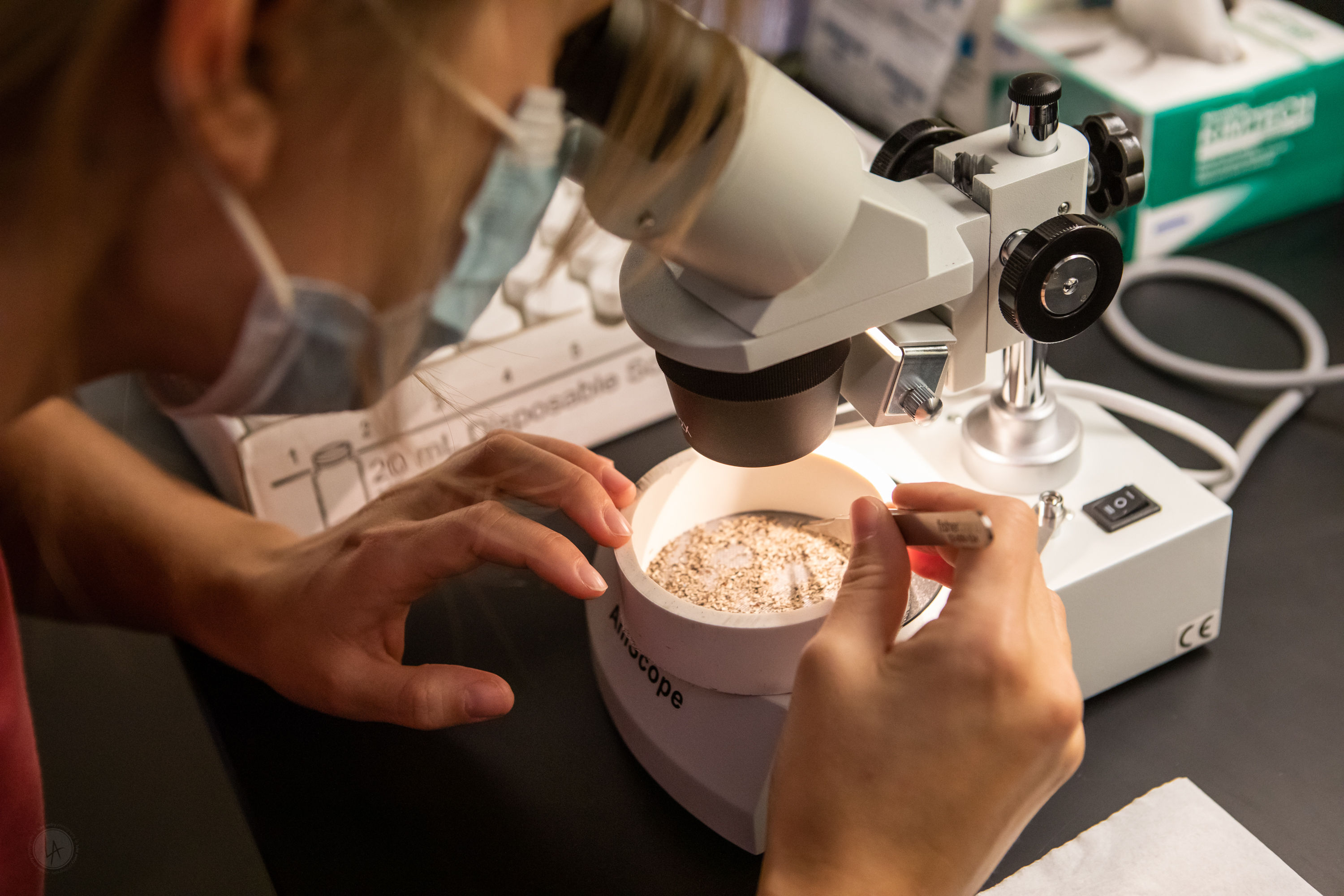Contaminated Food Waste—How to Measure It and Where Does It Belong?
Aug. 28th 2023Food waste constitutes approximately 22% of all material landfilled in the United States. Once in the landfill, food waste breaks down under oxygen-free conditions and emits methane, a potent greenhouse gas.
In 2019, Vermont passed a law to address food waste disposal. Under the Universal Recycling Act, Vermonters were instructed to compost food scraps rather than throw them in the trash. As this law rolled out, it spurred new composting pick-up services, an increase in backyard composting, and increased diversion of food waste to anaerobic digestion, a process that uses microorganisms to break down organic waste and produce clean energy. Additionally, the law limits unnecessary waste in the only landfill in Vermont—which is running out of space!
However, not only post-consumer food scraps are impacted by this law. Much of the food waste that is being diverted comes from commercial waste streams like grocery stores and factories. Since an estimated 38% of food waste in Vermont is still in packaging, the recent legislation has created a dilemma: How can we divert packaged food waste from the landfill without contaminating the recycled products with plastic?
Composts and digestates are regularly used as soil amendments, meaning any microplastic contamination present in these materials can ultimately enter agricultural soils. Plastics can introduce additives and impurities into the soil that may be harmful to human and ecosystem health. As these plastics persist in the soil, they will not fully biodegrade but will continue to fracture, creating smaller and smaller pieces.
Kate Porterfield, a PhD student, and a team of researchers from the University of Vermont tackled this question in a series of recent research papers. They began by compiling a literature review to examine the abundance of microplastics in composts, digestates, and food wastes across previously published data and studies. All studies reported finding plastic in these waste streams—but in highly variable amounts.
“There is no standard method for measuring microplastics in food waste,” explained Porterfield. “In past studies, researchers have quantified microplastics by both mass and count, which makes comparing the data difficult. One piece of plastic can break into many smaller particles over time, changing the number of microplastics identified, but it will have about the same mass in either situation.”
After the literature review, the team developed a study that weighed the benefits and costs of mechanically de-packaged food. Benefits include more organic waste diverted from landfills, clean energy production, and nutrient recovery, while potential costs include additional microplastic contamination released into the environment. Vermont manages one de-packaging facility that physically separates plastic packaging from organic waste to make it suitable for composting and anaerobic digestion. The de-packager has been questioned by stakeholders due to its potential to create microplastics, but with limited practical alternatives for packaged food waste, de-packaging facilities may become more common as states continue to pass legislation to limit organics in landfills.
From a de-packaging facility and anaerobic digester, Porterfield and her team collected four samples each of (1) depackaged pre-consumer packaged ice cream pints, (2) depackaged post-consumer household food scraps, and (3) digestate consisting of depackaged ice cream and brewery waste between March 2021 and March 2022. The researchers used both physical and chemical methods to separate plastics from the waste. They separated the plastics into three sizes using custom sieves: >5mm, 1-5mm, and 0.5-1mm. Once identified and separated, researchers sorted the microplastics into three shape categories: fragments, films, and fibers.
Researchers measured both the abundance and the mass of plastics in the food waste streams. They found the digestate had the greatest abundance of microplastics > 0.5 mm, followed by de-packaged ice cream, then depackaged food scraps. However, depackaged ice cream had the greatest mean mass of microplastics, followed by food scraps, and then digestates. This disparity demonstrates the variance between different measurement strategies. Additionally, small particles were more abundant across waste streams, but large particles contributed more to the total mass content of plastics.
“Our data show the de-packaged ice cream pints had about 3 times more plastic content than the de-packaged food scraps,” said Porterfield. “Since the food scraps are from post-consumer waste, they likely had a much lower initial volume of plastic going into the de-packager, helping to explain this disparity.”
These samples were also evaluated for biochemical methane potential (BMP), indicating the waste’s relative energy recovery potential through anaerobic digestion. Both food streams had high BMP, but the de-packaged ice cream showed a more significant potential for energy recovery. In addition to energy recovery, this process could be promising for nutrient recovery of phosphorus and nitrogen.
Anaerobic digestion is most effective when waste streams have 25 parts carbon to 1 part nitrogen. In this study, the ice cream pints had about a 36:1 ratio and the household food scraps had about a 15:1 ratio. This suggests combining them for anaerobic digestion may lead to the largest energy yields.
“In both de-packaged waste streams, we measured >99% purity (that is, <1% plastic), which is the same as the manufacturer reports have cited,” said Porterfield. “However, the low levels of plastic that remained could be transferred to derived soil amendments.”
Over time, microplastic contamination in soils is expected to increase. Researchers suggest looking into innovations in both packaging alternatives and food waste processing to minimize plastic pollution in food waste streams that could yield useful energy and nutrients if recycled.
 ecoNEWS VT
ecoNEWS VT